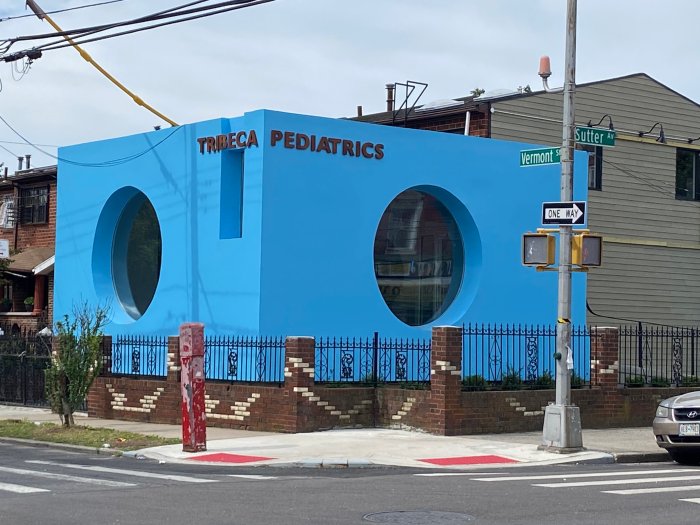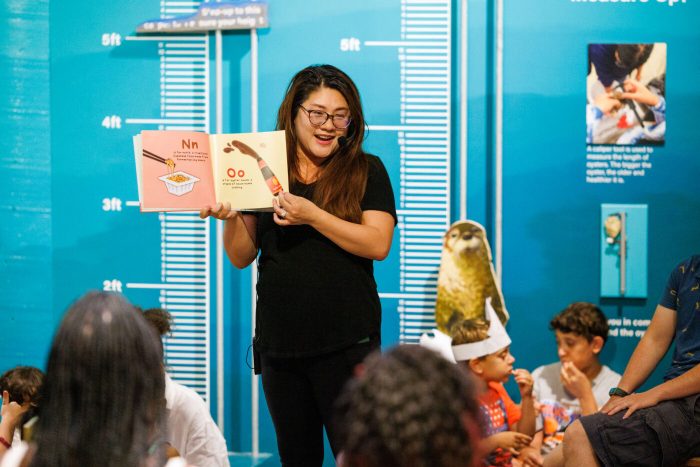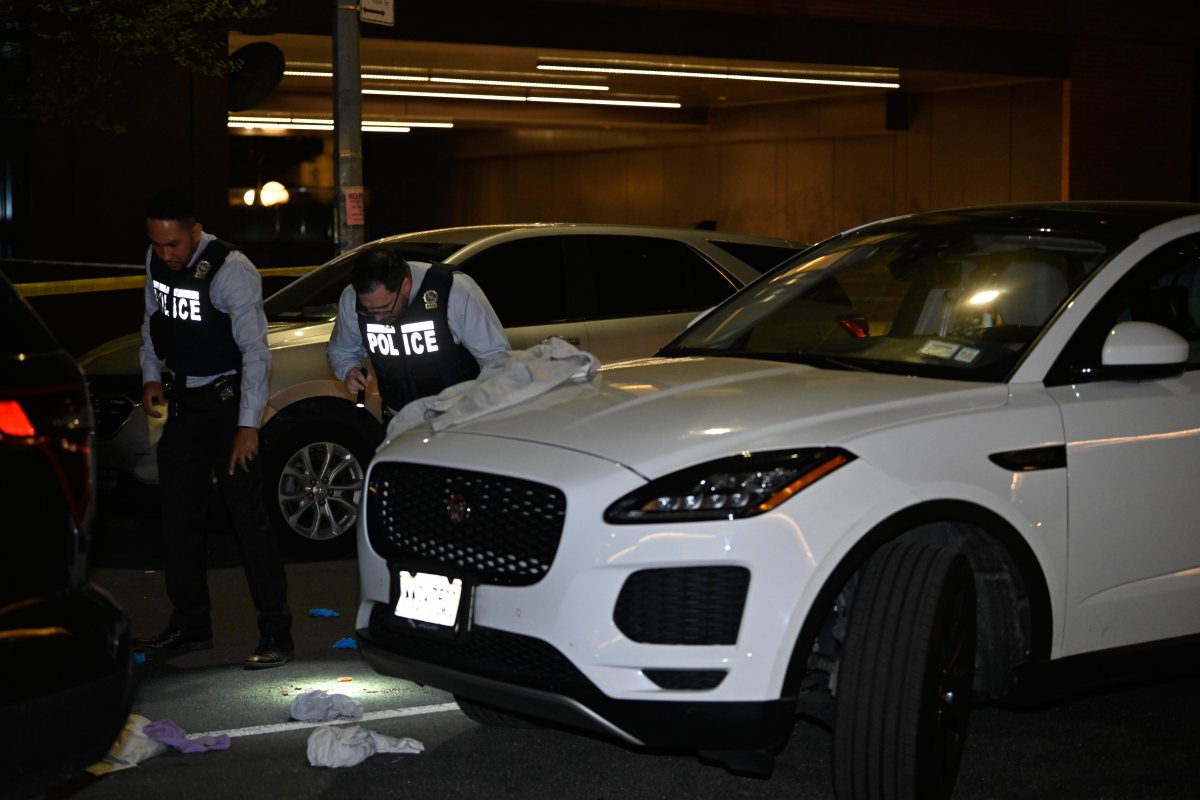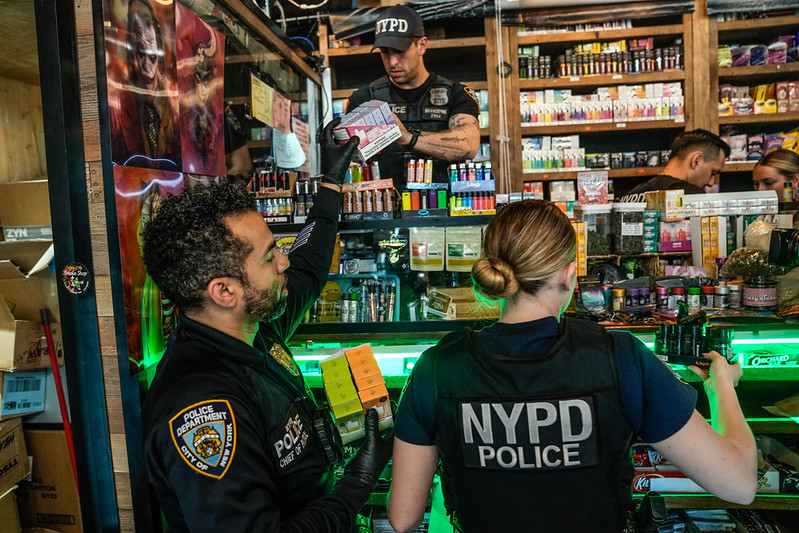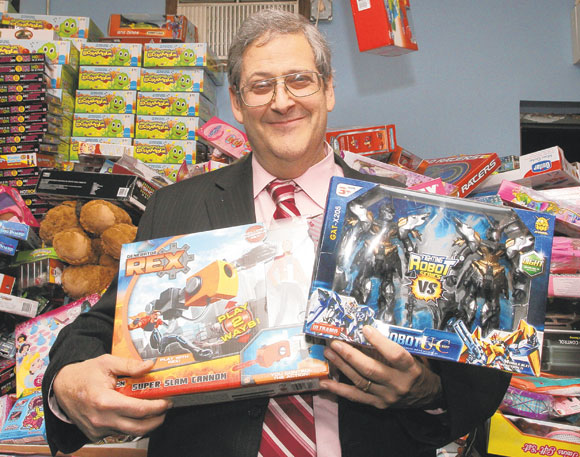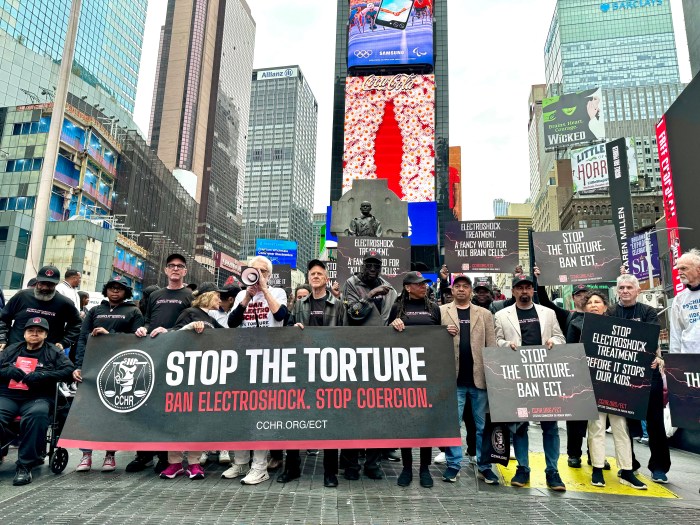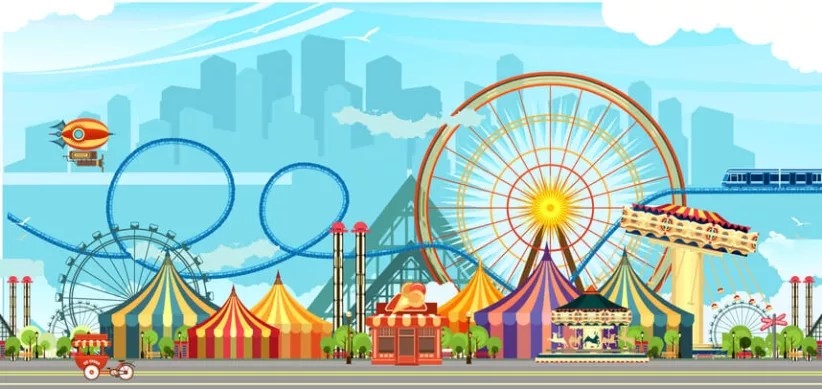For the past two years, 49-year-old Lala Kapitman has spent three hours a day, three days per week, in a Brooklyn dialysis center to manage her late-stage renal disease.
In April of this year, Lala’s doctors placed her on the waiting list for a kidney donation — making her one of at least 100,000 people on the list in the U.S. The average person waits for 3-5 years, according to the National Kidney Foundation, but it varies by region, the severity of the disease, and the recipient’s blood type.
“Once you are placed on the list, you are going to be in line for many years,” said her husband, Alex Kapitman. “In New York, it takes anywhere from five to seven years because kidneys are coming from deceased donors. Especially if your blood type is more rare, like hers, it can take longer.”
Lala has type O+ blood. While the blood type is not uncommon, type O recipients can only receive kidneys from type O donors, where all other blood types can receive from at least two blood types, widening the pool of potential donors.
“The point of view, and they have statistical evidence that the longer you stay on dialysis and the longer you wait for a transplant, the higher morbidity is,” Alex said. “It’s just the statistics, unfortunately. You have a lower life expectancy the longer you go with dialysis.”
Dialysis days are long and hard, Lala said. Once treatment starts, she can’t easily get up from the chair until it’s completed and she is disconnected from the machine. During the three hours, she usually starts to feel tired, she said, and her muscles cramp painfully.
“Unfortunately, the treatment is really taking a toll. I try to listen to music, or even speak on the phone or watch some lectures or movies, but it’s easy to say, easy to say,” she said.
After dialysis is done, Alex said, Lala usually spends the rest of the day recovering. In the long term, she and other dialysis patients are also at risk of infections and other complications as a result of the treatment. When the pair want to travel overnight, they have to find a center at their destination that can accommodate her and work that into their plans.
On non-treatment days, she likes to go for walks and go out to eat with friends, or, she joked, just get a little extra sleep. Lala was raised in Azerbaijan and moved to Israel with her parents just after she graduated school, she said. She spent some time studying there before she came to Brooklyn, where she worked as a finance administrator at a Manhattan hospital until she was diagnosed.
In April 2020, Lala, at high risk because of her kidney disease and other autoimmune issues, was hospitalized with COVID-19 and intubated for 25 days. She spent two months altogether in the hospital and in rehab, on a long and difficult road to recovery.
“I wasn’t able to walk, I started learning how to walk, and how to eat by myself,” Lala said.
The long illness worsened her condition. Some studies have found that even people without preexisting kidney issues were at higher risk of developing them after having COVID-19.
Most kidney donations are from deceased donors — people who elected to donate their organs after they passed away. But for some organs, kidneys and livers in particular, live donation is both possible and preferred.
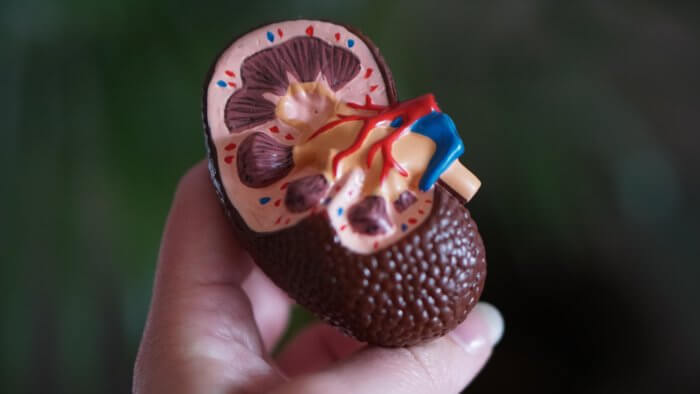
“There is an option to have a live donor,” Alex said. “They are altruists and they can raise their hand and help others. But it’s not that easy, because many people are not aware of this kind of need, they are not aware that there are a massive number of people in the U.S. waiting for a kidney and they are dying.”
A person without renal disease can live with just one kidney, and live donation usually happens faster and with greater success. Two members of Lala and Alex’s family have received kidneys from live donors, Alex said.
Receiving one would be a “miracle” for Lala.
“There’s lots of miracles in people’s lives. It’s amazing, people can share and help. A person can survive the worst things,” she said. “[The recipient] can not only survive but have their life back, their full life back, and enjoy life and give it back to others. Miracles still exist.”
Live organ donations, often, occur between family members — it’s often easiest to find a match within the recipient’s family, and the two know each other, and the donor is aware of the need. Sometimes a donor is found when a story about a neighbor in need reaches the right person.
What many people don’t know, Alex said, is that there are registries where people willing to donate an organ can sign up and be matched with a stranger, and that there are not enough donors to keep up with the need.
A transplant doesn’t technically cure kidney disease — but it is the best treatment for someone with kidney disease, and the best way for them to live a longer, healthier life — one without hours and days lost to dialysis.
“Oh my god, the freedom of not going to dialysis,” Lala said. “The freedom of swimming, first of all, because with the port you cannot swim. Doing everything, whatever I like. To travel, to dance, to swim again and all this sporty stuff that I really like. To regain the energy that I really lost, just living with a very very slow source of energy.”
“And first of all, before all these things, is being a wife and a daughter and hopefully one day a mother. Being helpful to society.”
Learn more about living organ donation and how to register to be a donor here. Lala is registered with the NYU Langone Transplant Institute. If you or someone you know might be a match for Lala, email Alex at akapitman@gmail.com.



